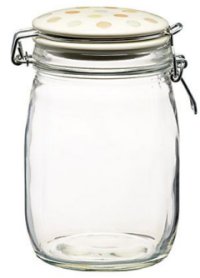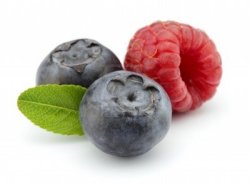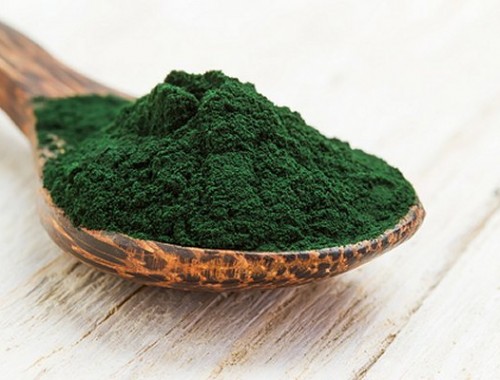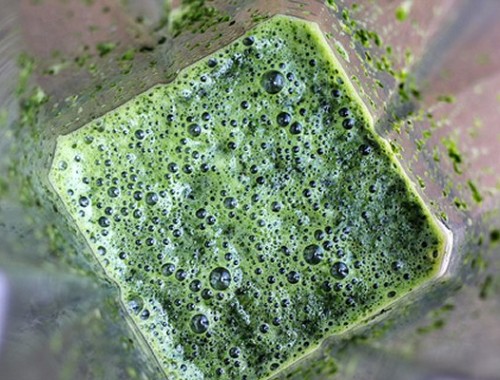If you’re new to juicing you’ll find these tips extra handy. Everyone has to start somewhere and if your juicing seems to be going less than perfectly these tips might just make a big difference. Nobody began juicing as an expert and it’s important to realise that we all learn from doing.
There’s only so much you can learn from reading and researching and getting busy with your juicer really is a great way to learn about juicing and have fun. But having said that sometimes there are clever things that others may have thought of that you wish you’d known about before. here are some tips to make your juicing journey that little bit easier.
Tip 1 – Start Slowly & Experiment
When you start juicing take it easy. You want to allow time for your body to adjust. This adjustment will be harder if you’ve been eating a lot of processed food and not eating your greens.
If you’re juicing things you wouldn’t usually eat test the juice constantly as you add ingredients. There is nothing worse than juicing a whole bunch of fruits and vegetables only to ruin the flavor with one ingredient that you don’t like.
It will take your taste buds time to adjust to many new flavors but you will become aware of what you like and what you should avoid. There will be some flavors you won’t like but can tolerate in small amounts. Others may disagree with you and should be avoided. Only time will tell, just keep experimenting.
Tip 2 – More Vegetable, Less Fruit
 Fruits are generally more enjoyable than vegetables but it’s important to get the balance right. Vegetables are far more nutrient rich than fruits. Fruits also contain a lot of sugar, which is something you don’t want too much off.
Fruits are generally more enjoyable than vegetables but it’s important to get the balance right. Vegetables are far more nutrient rich than fruits. Fruits also contain a lot of sugar, which is something you don’t want too much off.
There is nothing wrong with putting fruit in your juice recipes but make sure you get a good quantity of vegetables in it too. You have to establish the right mix of flavors for you and in the beginning that may mean more fruit for a sweeter taste.
But as you become used to juicing you will want to seek out more vegetables in your juicer. In particular, dark green leafy vegetables. Try things like Kale, Spinach, Turnip Greens and Collard Greens.
Tip 3 – Strong Flavors
It’s important to realize that different fruits and vegetables have different flavor strengths. Adding something with a subtle flavor is unlikely to overpower an entire batch of juice.
However, adding something with a strong flavor means your entire batch of juice will taste of it. I find celery has a very strong flavor but I can drink it mixed with other flavors. However, Beetroot has such a unique and strong flavor that I really struggle with it even in low quantities.
Tip 4 – Drink As Soon As Possible
The best time to drink your juice is right after you make it. That’s when it is at its absolute best quality. Storing juice in the fridge will slow down degradation but aim to drink it as close to the time you juice as possible.
The more pulp there is in your juice the longer it will last in the fridge. See Tip 8 for information about adding pulp back to your juice.
Tip 5 – Prepare Produce Ahead Of Time
If you’re going to be rushed why not prepare the ingredients ahead of time. You can store chopped up ingredients in a container or zip lock bag in the fridge.
It’s fine to prepare ingredients the night before if you know you’re going to be short of time in the morning.
Tip 6 – Store In A Glass Container

When storing juice be certain to store it in a glass container with a lid. Using plastic containers or bottles for juice is not recommended as many plastics release chemicals especially with some of the enzymes contained in fruit and vegetable juices. Avoid storing in metallic containers for the same reason.
You can buy glass bottles or jars at most stores. Alternatively, some soft drinks and drinks like sweet tea come in glass bottles. You can buy some of these and wash out the bottles to use for your juice.
Tip 7 – Keep It Simple
It can be tempting to want to put a little of everything in your juicer, especially when first starting. But it can be good to keep it simple and stick to four or five ingredients. You can use even less if you prefer, but make sure you alternate ingredients between juicing sessions to give your body a wide range of nutrients.
You will find that some flavors work together but others clash. Using less ingredients makes it less likely you will have a flavor accident.
Tip 8 – Add Pulp Back For Extra Fiber
One drawback of juicing is that you remove much of the fiber. If you have a blender it can make sense to mix a little of the pulp with the juice and blend it back together. You don’t want to add too much pulp or you’ll end up with a really thick soupy smoothie.
Another advantage of adding some pulp back is that the fiber increases the storage time in the fridge. Fiber helps to prevent oxidization which means the juice will degrade more slowly in the fridge.

Tip 9 – Be Careful With Soft Fruits
Juicing soft fruits like strawberries, blueberries and pears can block up your juicer. Some models of juicer handle soft fruits better than others. Most centrifugal juicers don’t handle banana very well.
Always read the instruction book that came with your juicer and stop adding ingredients at the first sign of a blockage.
Tip 10 – Use A Plastic Shopping Bag In Your Pulp Container
Cleaning your juicer can be a pain and this tip makes it that little bit easier. Get plastic shopping bag and place it in your pulp container. Hopefully this will allow you to easily dispose of the pulp and avoid getting the pulp container dirty. Just watch that nothing leaks out of the bag.
If you prefer to keep and use your pulp you can get large food bags that will do the job. These are perfect because they allow you to seal the pulp in and refrigerate or freeze the pulp for later use.
Special Bonus Tip – More Than Just Fruits & Vegetables
Since you’ve read this far you get a special bonus tip!
There are lots of things that you can add when juicing that aren’t considered fruits or vegetables. Adding fresh herbs like parsley, mint, basil and cilantro (coriander) will add a new dimension to the flavor of your juices. There are many places you can buy fresh herbs in pots or why not try growing your own!
Also consider adding spices like cinnamon, ginger, turmeric and even cayenne pepper! You can buy fresh ginger root at many stores nowadays and fresh turmeric root is becoming more widely available. Both have a high concentration of antioxidants and other beneficial compounds.
There are also supplements like Spirulina and Chorella which can be added to juices to provide protein and other beneficial nutrients.
Finally, consider adding some sprouted seeds to your juices to really supercharge your nutrition!







No Comments